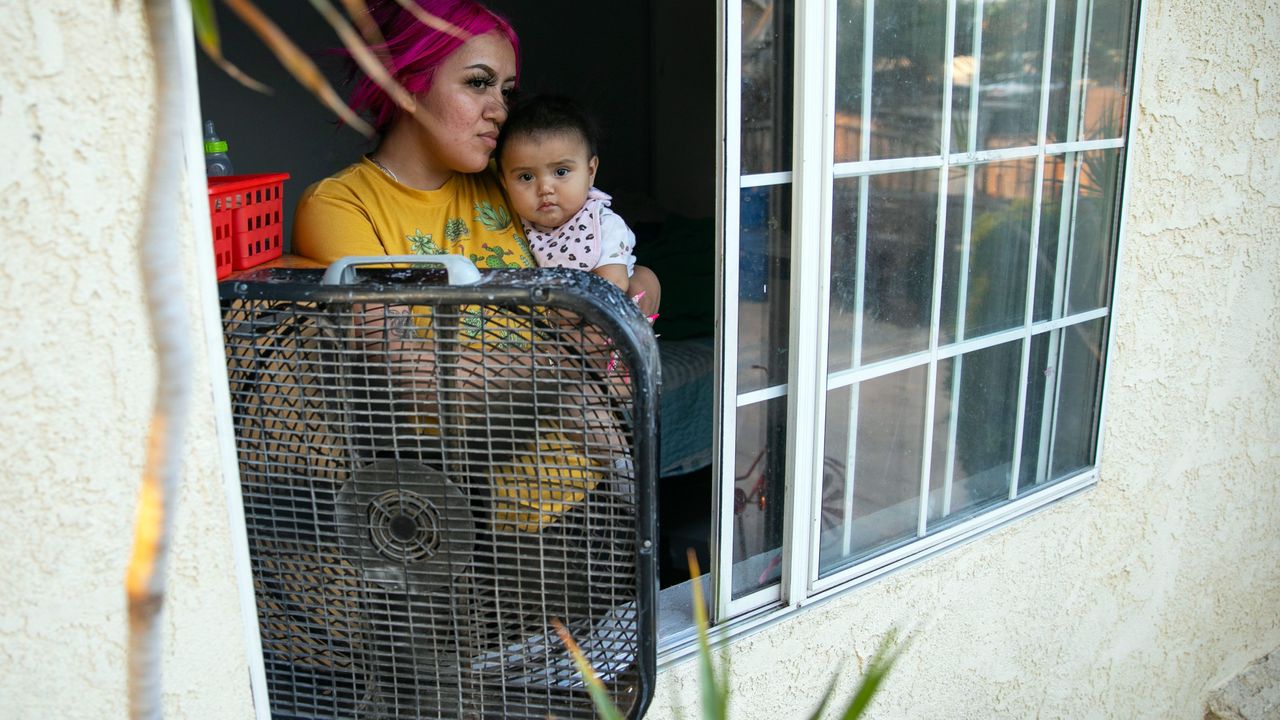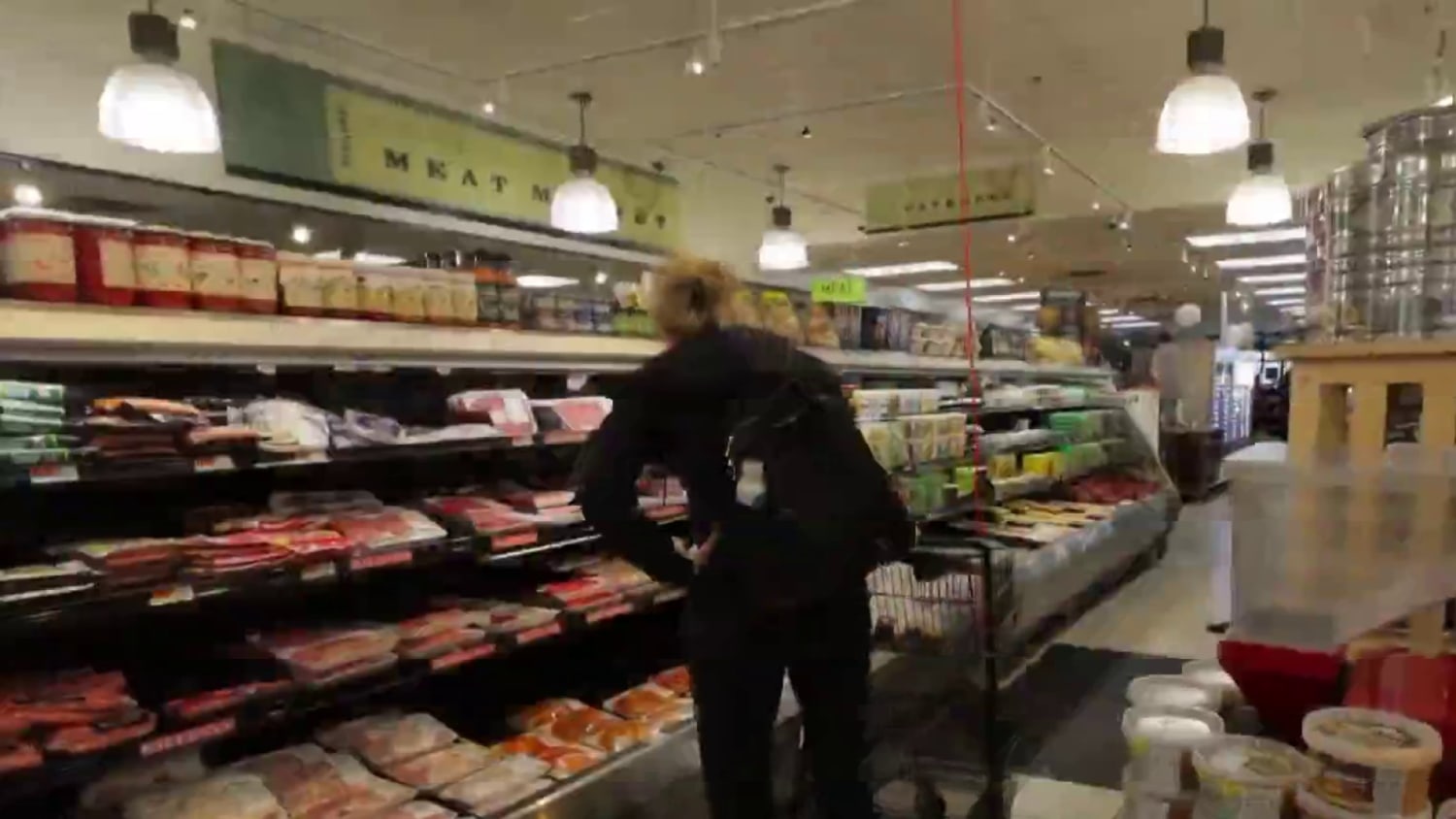As the temperatures keep climbing throughout the United States, the basic relief of remaining cool in the summer is slipping away for millions of Americans. What used to be a common aspect of contemporary life—air conditioning—has become a financial strain that numerous families find challenging to manage.
Many interconnected factors are causing this change, such as rising energy costs, older housing structures, and increasingly severe heatwaves related to climate change. For families with limited financial resources, these alterations mean not only comfort issues but also significant public health risks.
The growing cost of keeping cool
Electricity prices have been climbing steadily over the past few years, with utility costs hitting record highs in many states. According to energy industry data, residential electricity rates have increased by more than 10% in some regions within a single year, forcing households to make tough decisions about when—and if—they can afford to run their air conditioners.
For lower-income families, the problem is even more pronounced. Many live in older homes with poor insulation, making cooling systems work harder and consume more energy. Some renters face an additional hurdle: their landlords may not provide efficient cooling options or allow upgrades. This leaves tenants with outdated, energy-hungry units that drive up monthly bills even further.
Global warming and the escalating risk of higher temperatures
The financial challenge of staying cool is amplified by the growing intensity and duration of heat waves. Cities across the U.S. are experiencing record-breaking temperatures year after year, creating conditions that can be dangerous—even deadly—for vulnerable populations such as the elderly, young children, and individuals with chronic health conditions.
Health specialists caution that illnesses related to high temperatures are increasing, and not being able to afford proper cooling systems might result in a higher number of hospital admissions and fatalities during extreme heat conditions. Areas in states such as Texas, Arizona, and Nevada, where summer heat often surpasses 100 degrees, are experiencing the most severe impacts.
Energy aid initiatives are insufficient
Although governmental initiatives and charitable organizations provide some support via energy subsidy programs, the need frequently surpasses the available resources. The Low Income Home Energy Assistance Program (LIHEAP) represents one such effort, aiding millions of U.S. residents in managing their utility payments annually. However, its funding remains restricted, leaving some applicants ineligible. As inflation escalates living expenses, numerous families experience a disparity—earning beyond the threshold for assistance yet lacking sufficient income to easily manage soaring utility costs.
A widening energy equity gap
The growing disparity in who can afford basic cooling reflects a deeper issue of energy equity in the United States. Wealthier households often have access to energy-efficient appliances, smart thermostats, and solar panels that reduce long-term costs. Meanwhile, those with fewer resources are left relying on older, inefficient systems that cost more to operate. This cycle perpetuates financial strain and exposes low-income communities to greater health risks during extreme weather conditions.
Potential solutions and the road ahead
Experts suggest that addressing this crisis will require a combination of policy changes, infrastructure upgrades, and community-level initiatives. Expanding access to energy efficiency programs, increasing funding for assistance programs, and incentivizing landlords to install modern cooling systems are among the proposed solutions. Additionally, renewable energy adoption and grid modernization could help stabilize electricity costs over time, making cooling more accessible for everyone.
Nevertheless, these options necessitate considerable funding and extended planning. Meanwhile, millions of Americans confront the difficult choice between keeping cool and affording other vital necessities like groceries, medicine, or accommodation.
Why this issue matters now more than ever
As the pace of climate change increases, extreme heat occurrences are anticipated to be more common and intense, adding extra strain to energy systems and family finances. In the absence of decisive measures, maintaining a comfortable temperature might continue to be an unreachable luxury for numerous households, worsening social and health disparities throughout the nation.




